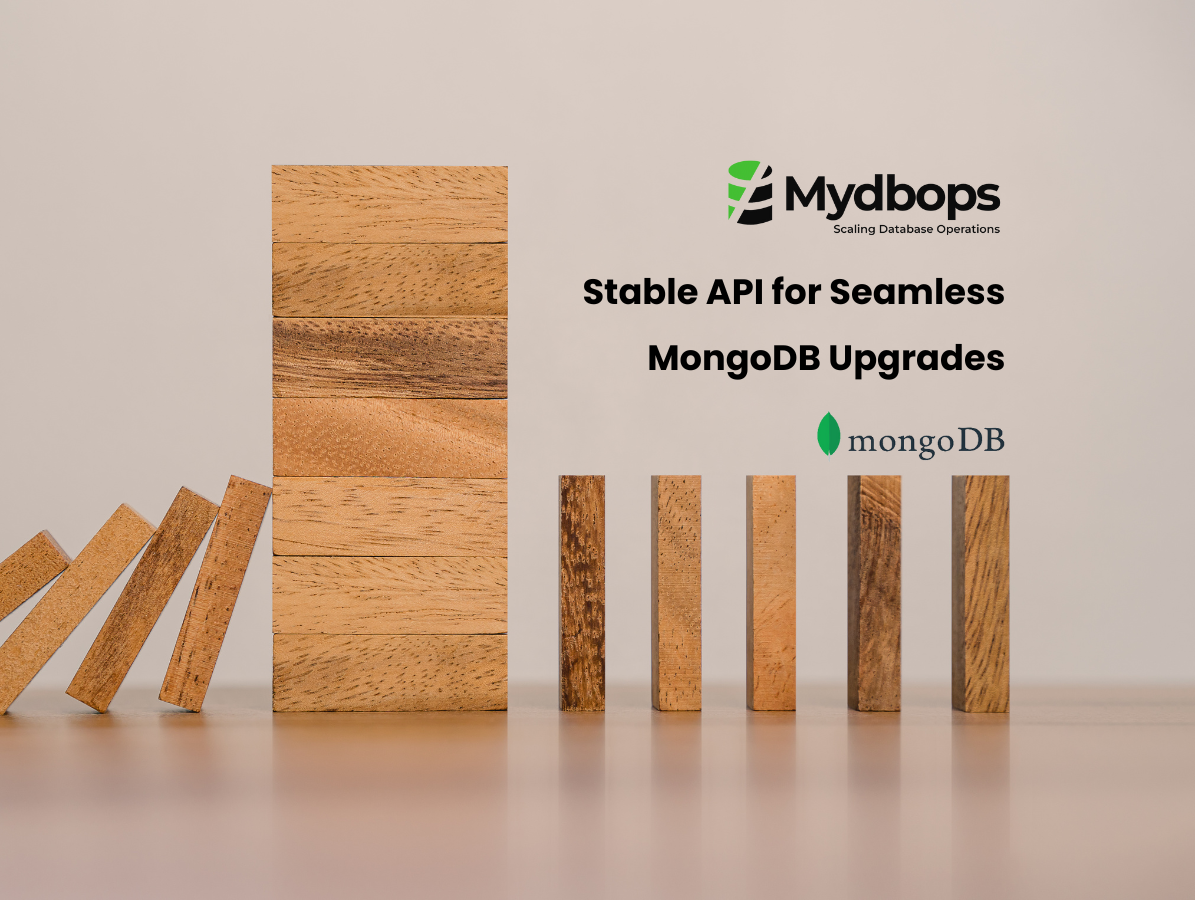Stability in database systems refers to the consistent, reliable performance and uptime of your infrastructure, even under varying workloads and unexpected failures. For database professionals, maintaining system stability is essential to ensure seamless application performance, data availability, and a smooth end-user experience.
Database stability encompasses areas such as query performance tuning, replication reliability, high availability (HA) configurations, and system resource optimization. A stable database system minimizes downtime, prevents data corruption, and ensures that all operations run smoothly under load. Use cases include handling peak traffic during sales events, ensuring zero data loss during failovers, and maintaining consistent performance in large-scale deployments.
However, achieving and maintaining stability isn't always easy. Teams often struggle with slow queries, unoptimized schema designs, replication lag, or hardware constraints. The blogs under this tag provide practical guidance on identifying stability bottlenecks, implementing monitoring tools, fine-tuning system performance, and adopting proactive database maintenance strategies.
Explore our expert articles to build and maintain a highly stable database environment that scales with your business needs.
Partner with Mydbops for performance-driven database stability solutions and long-term operational excellence.

